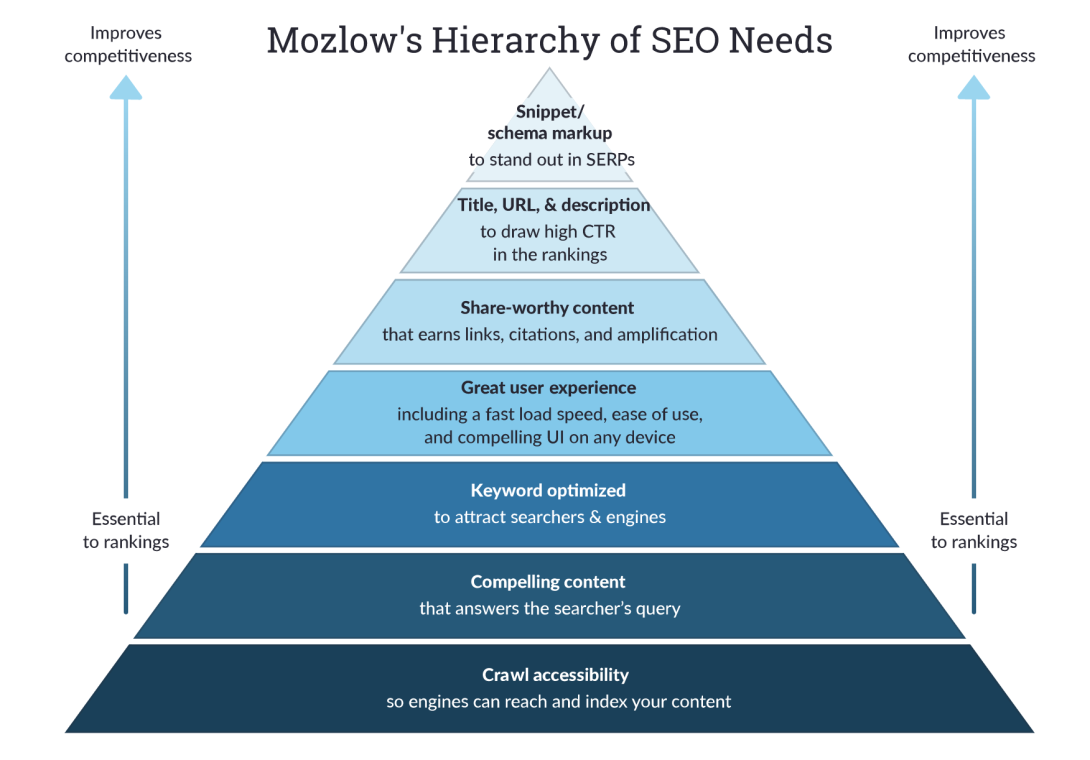
Search Engine Optimization (SEO) Best Practices
There are many different digital marketing opportunities that can help drive traffic to your website. However, if your website and content is not structured correctly, search engines will struggle to determine what the relevant keywords and content are.
Here are some tips and tricks to help your website get results:
Make it Easy-to-navigate
Making sure your site is easy to navigate is essential if you want to convert your website visitors to clients. Keep you site content clean and concise. Limit the number of links used on the page to prevent search fatigue.
Put Important Information First
By putting the most important information and call-to-action where it is immediately visible to viewers will ensure the viewer doesn’t have to scroll to see it.
Consider Images and Videos
Consider what images and videos are important to include, and make sure to use compressed and optimized versions for the web. This will reduce page load time and prevent website performance issues. Also, use white space to break up your content and make it easier for viewers to read and find what they are looking for.
Make it Mobile Friendly
Your website should be mobile friendly and responsive to different devices, so it automatically adjusts to the device’s screen size. Ensure your site loads quickly on mobile devices to prevent losing customers because of performance issues.
Writing Web Content
Writing for the web can be tricky. Here are some tips on how to improve your web copy.
- Clear, catchy headlines
- List the product or service benefits
- Provide quick links to more information
- Include a clear call to action
- Make keyword or keyword phrases bold or italicized
- Avoid walls of text – users typically only read 20% of web copy with 600 words or more.
Sitemaps
A sitemap is a file where you provide information about the pages, videos, and other files on your site, and the relationships between them. Search engines read this file to crawl your site more efficiently. A sitemap tells search engines which pages and files you think are important in your site, and also provides valuable information about page and file locations. Find out more information about how to Build and Submit a Sitemap to Google.
Hierarchy of SEO Needs
The diagram below is from Mozilla's Beginners Guide to SEO. It shows the foundation of good SEO begins with ensuring crawl accessibility, and moves up from there.

Using this beginner's guide, we can follow these seven steps to successful SEO:
- Crawl accessibility so engines can read your website
- Compelling content that answers the searcher’s query
- Keyword optimized to attract searchers & engines
- Great user experience including a fast load speed and compelling user experience
- Share-worthy content that earns links, citations, and amplification
- Title, URL, & description to draw high click through rate in the rankings
- Snippet/schema markup to stand out in the search engine results page (see types in search gallery)
Need Help?
For assistance getting better rank and placement on search engines, visit the SEO Consulting page or sign up for a SEO site audit today!
Sources
Google Search Central Development Resources
